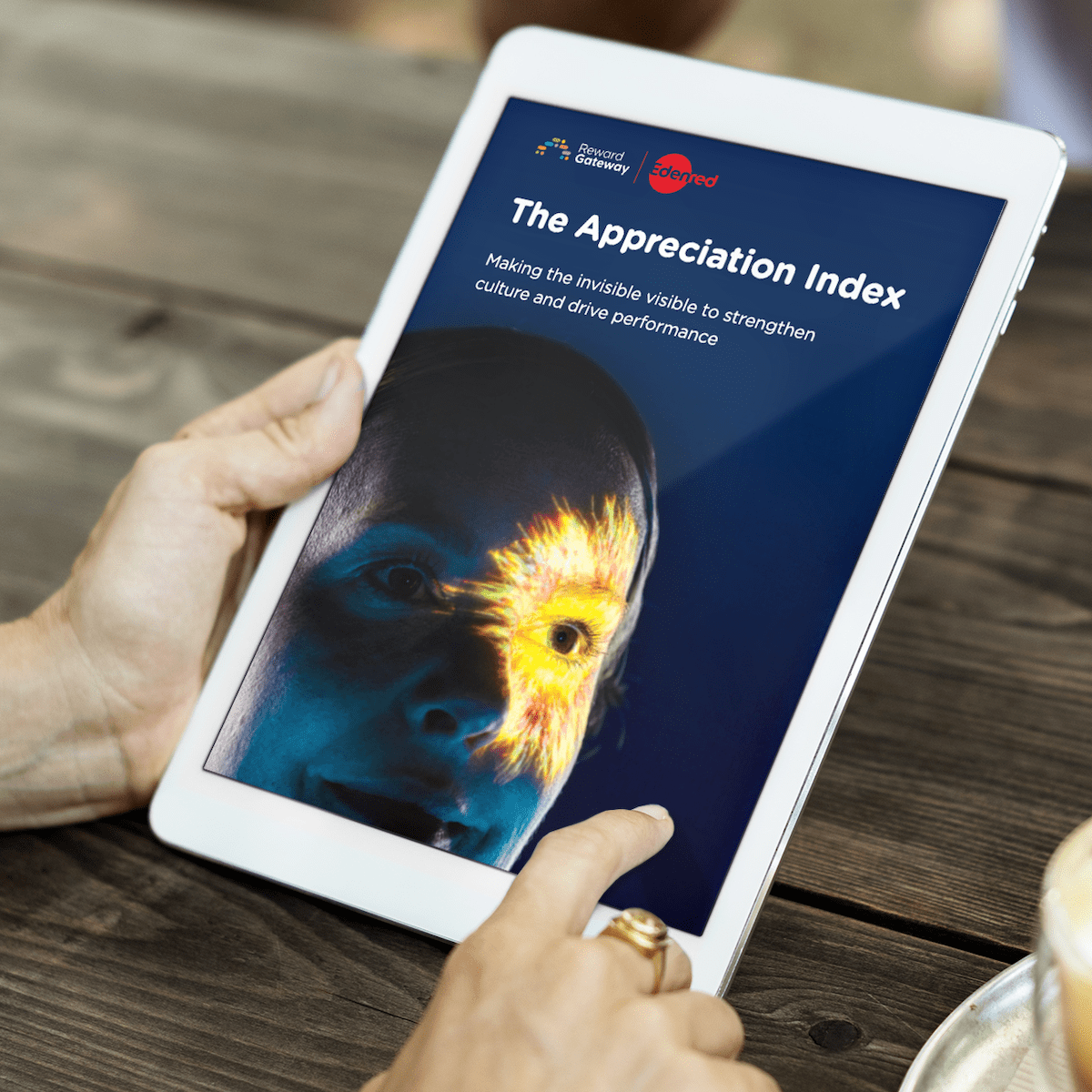In our recent Appreciation Index report, we shared that five factors have the biggest impact on appreciation: recognition from managers, rewards for hard work, feeling a sense of belonging, manager support, and organizational praise.
We also highlighted a number of groups that tend to be more or less appreciated. While there will be differences between companies and in teams, it is important for companies to note that groups composed mostly of women may not have the same levels of appreciation as those composed mostly of men. Similarly, it is important for business leaders to remember that their experience is not the same as the front lines and they are more likely to inherently feel more appreciated.

When I saw these gaps, some of the same groups that so often get less or feel less were at the bottom of these graphs, as well. Why do these groups always get treated differently? But then we had some time with the results to consider that the reasons behind these gaps may be more complicated – and require different solutions – than it initially appeared.
Why might a group feel less appreciated?
1. They get less praise or focus
This might be the case, that people in these groups have a different experience. It may be that there are people in your company that are treating certain groups differently – those that are gender non-conforming, for example. And so we need to ensure we keep our eyes on our bias, and bias within the company, as these differences impact culture and business results.
It’s likely the case for people working third shift or in isolated places. They are less visible and so may not get the day-to-day attention and praise of leaders. Leaders should identify those groups most at risk and put intentional practices in place to support them.
What can you do?
Bring recognition and support where they are. Which meetings are they in? Who should be there to provide them attention and build connections? Should you build a specific recognition program that caters to this group?

Learn more about:
- the five drivers of appreciation
- the five languages of appreciation
- the importance of clear expectations at work
- how manager-led recognition influences employee wellbeing
- cost-free ways to show appreciation in your organization
2. They start their work day in a different place
We know that – generally speaking – women feel less appreciated than men. We also know that rates of burnout in women are higher than in men (women, 29% frequently feel burnt out and men, 22% frequently feel burnt out, Reward Gateway | Edenred, 2025). This could also be true of caregivers of all types and genders, or those whose income means they may take additional work to pay bills. If one group is already tired before they start work, imagine how much more support they would need during the day to end up in the same place. In this case, it may not be what happens in work that creates the gap, but this group's whole lived experience.
What can you do?
Make sure that these ask risk demographics are well represented in leadership. Are women more likely to have stress in and out of work that complicates their appreciation picture? Women leaders are more likely to understand and acknowledge that flexibility. Look for benefits that can provide additional support to these groups as well. Is mental health support a priority? Would flexible working allow people to work and still have time for caregiving responsibilities?
3. They interpret situations differently
 Our research has shown that introverts are less likely to feel appreciated than extroverts. We also know that people identifying as neurodivergent feel less appreciated than those that are neurotypical. It would make sense that the more subtle messages of approval are interpreted differently by different groups. This points to the need for managers and leaders to consider how employees want to receive messages so they aren’t being missed by certain parts of the workforce. Especially since diverse teams of thinking are important for handling diverse situations well.
Our research has shown that introverts are less likely to feel appreciated than extroverts. We also know that people identifying as neurodivergent feel less appreciated than those that are neurotypical. It would make sense that the more subtle messages of approval are interpreted differently by different groups. This points to the need for managers and leaders to consider how employees want to receive messages so they aren’t being missed by certain parts of the workforce. Especially since diverse teams of thinking are important for handling diverse situations well.
What can you do?
Training managers to adjust communication to suit individual team members is a huge help in these cases. Allowing teams to explore their styles in team building settings can also help people be more understanding of how information is shared. So it is easier to understand that communication style is about that person, not necessarily a sign of how they feel about you.
4. They are less likely to ask for feedback
Imagine that you are one of the people that work for a manager that is less likely to give consistent feedback and recognition. If it's your first job, what do you do? For many of us, nothing. As you work your way through the organization and gain experience? Maybe you build the confidence to ask for that feedback and overcome the particular style of your manager. This confidence (or lack thereof) may relate to why appreciation trends upwards from year 1 to year 10 and for those at higher levels in the organization.
What can you do?
Set the expectation with new employees that feedback and support benefits everyone. That if they aren’t getting what they need, they can ask. Advise managers on strategies to make meetings collaborative and involving two-way communication to people are encouraged to speak up. Also? As recognition is such a big factor in how appreciated people feel, ensure peer-to-peer recognition is going strong to allow employees to support their colleagues at all levels of confidence and candor.

Learn more about how Reward Gateway | Edenred can help you make your corner of the world a better place to work with our world-class employee experience platform and suite of engagement solutions.

 Alexandra Powell
Alexandra Powell



